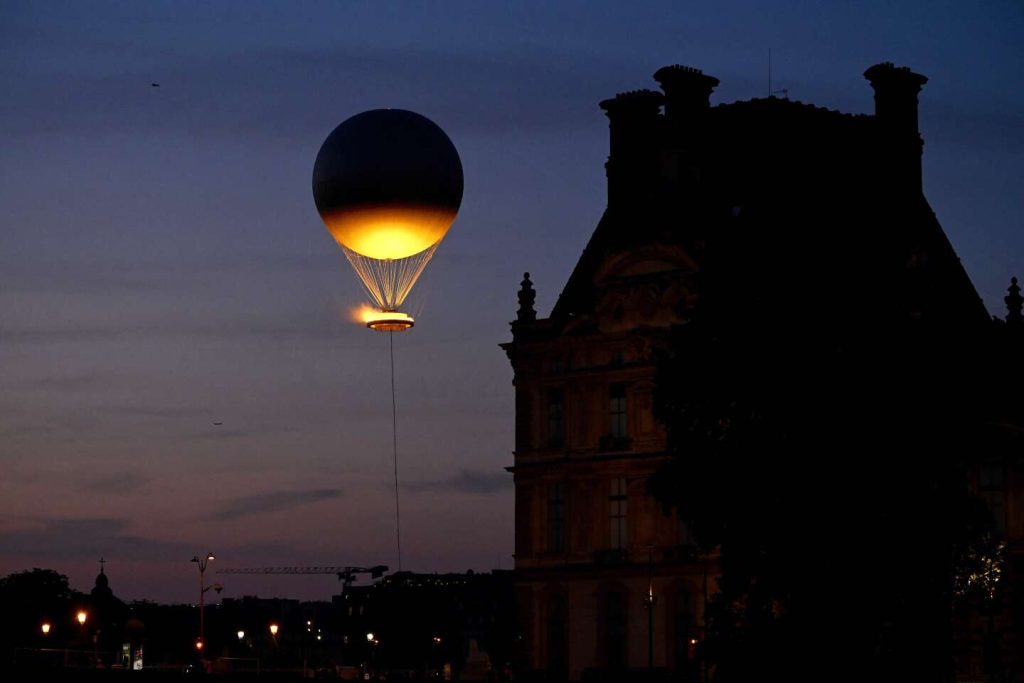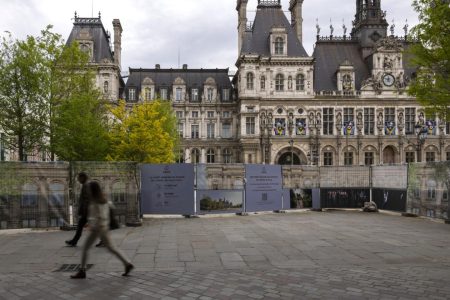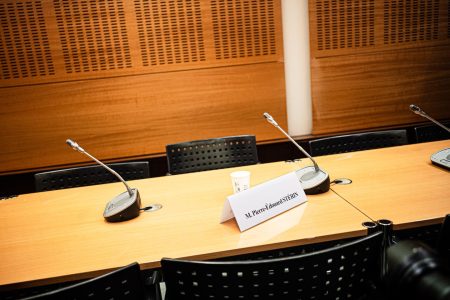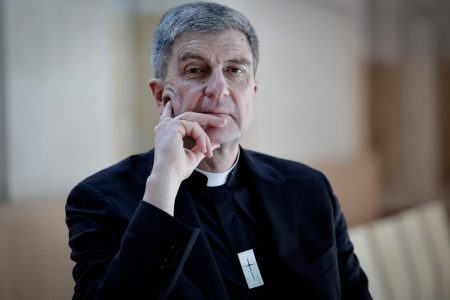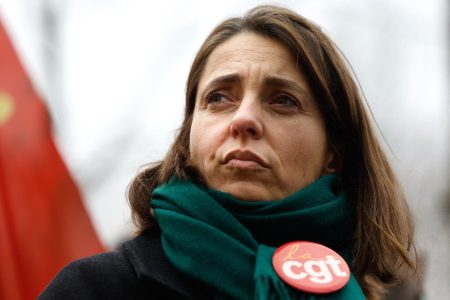The Olympic cauldron, a balloon filled with air, illuminated by the Olympic flame as it flew in the Tuileries garden next to the Louvre museum in Paris on July 29, 2024, elicited awe and excitement from spectators. Each evening during the Games, the cauldron rose up to 60 meters in the Paris sky, prompting a chorus of “Wow!” from the crowd gathered behind the gates of the Tuileries garden. This giant structure, consisting of an aluminum ring carried by a balloon, quickly became a star attraction of the Games, drawing in over 320,000 people who were eager to witness the flame burning.
The popularity of the cauldron led to calls for it to be preserved beyond the duration of the Games. Paris Mayor Anne Hidalgo proposed that certain elements of the Olympics, including the statues of women displayed at the opening ceremony, the Olympic rings on the Eiffel Tower, and the cauldron designed by Mathieu Lehanneur, should be retained as part of the city’s heritage. Hidalgo suggested that Paris should be reminded of this historic moment through these artifacts scattered across public spaces, streets, gardens, and museums.
However, the decision to keep the cauldron poses a series of technical, financial, and heritage-related challenges. In a politically charged environment, with key figures in sports and culture departing, the fate of the cauldron lies in the hands of the City of Paris, the French government, and the Ministry of Culture. Originally designed as a temporary installation to interact with sunlight, the cauldron was intended for dismantling and recycling, contributing to the intangible legacy of the Games as described by Thierry Reboul, the director of the Paris 2024 Olympic ceremonies.
As discussions continue about the future of the cauldron, opinions are divided on whether it should be preserved or removed. The unique design and construction of the cauldron, which allowed it to burn without traditional fuel using a mist of water particles and light beams, made it a mesmerizing sight for spectators. However, its creators did not anticipate the overwhelming public response or the logistical challenges of maintaining such a complex and unusual structure in a city setting beyond the Games. The decision ultimately rests on balancing the desire to preserve a symbol of the Games with practical considerations of cost and feasibility.
While the fate of the Olympic cauldron remains uncertain, its temporary presence in the Tuileries garden and its impact on spectators have left a lasting impression on those who witnessed its ascent into the Parisian sky. As discussions about its legacy continue, the cauldron serves as a reminder of the transformative power of the Olympic Games to inspire awe, unity, and wonder in people around the world. Its future may be uncertain, but its legacy as a symbol of the 2024 Paris Olympics is assured, as it continues to spark conversations and reflections on the intersection of art, culture, and sports in a global context.









